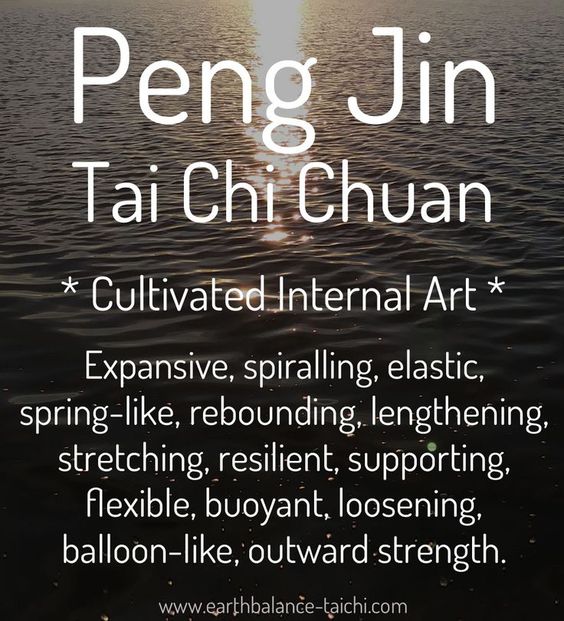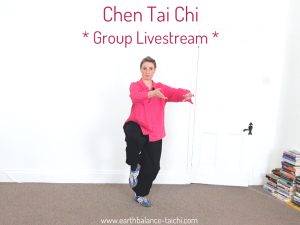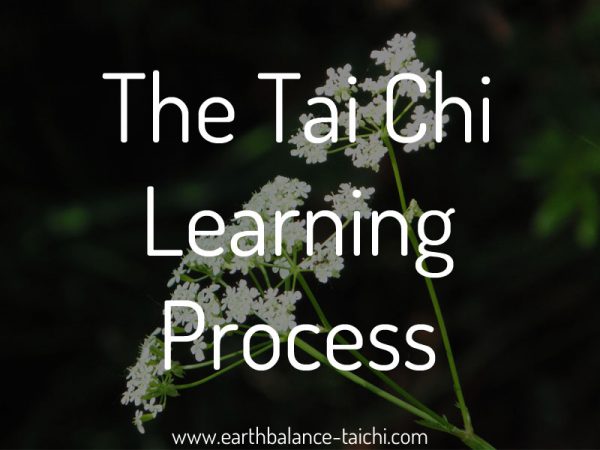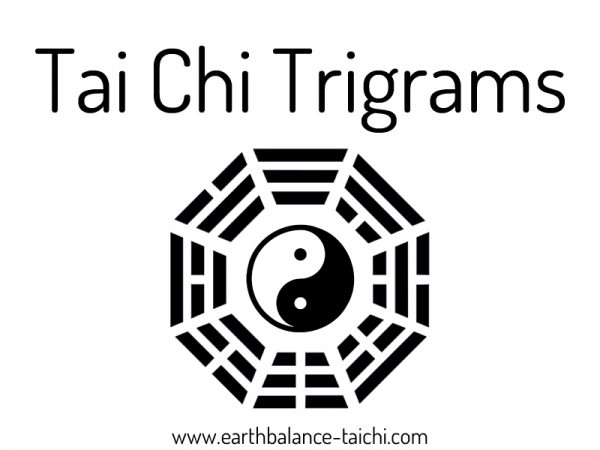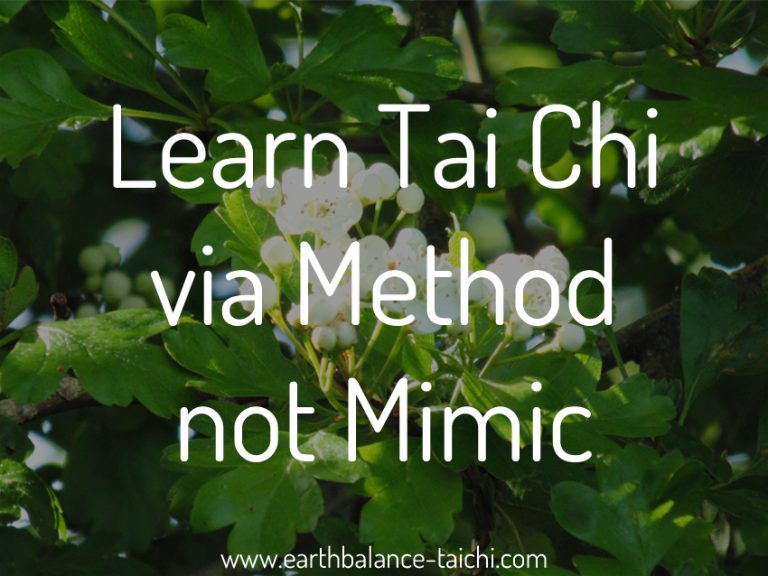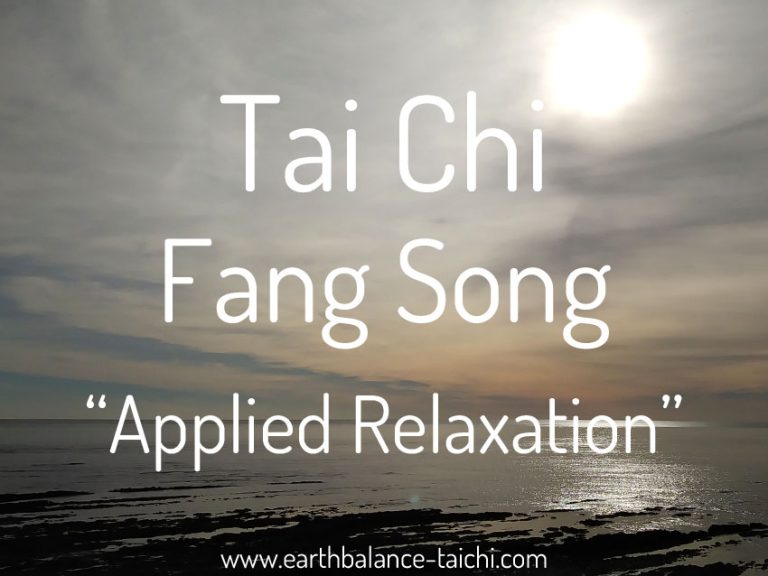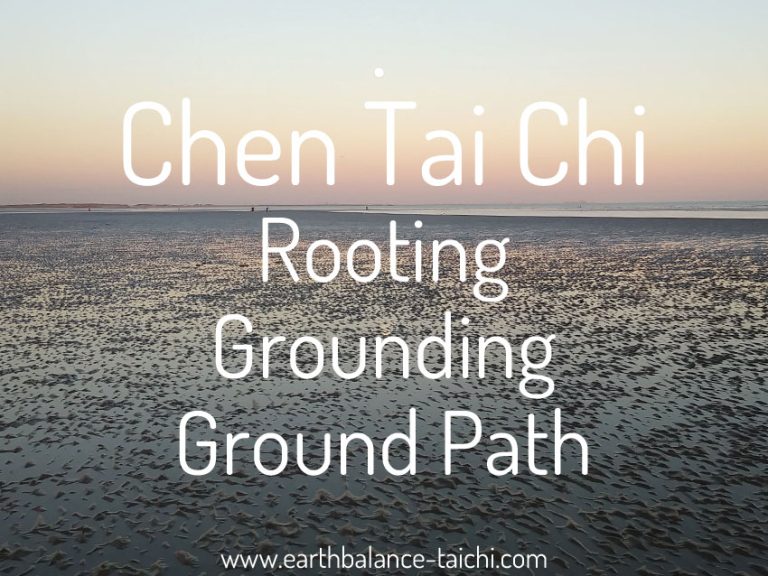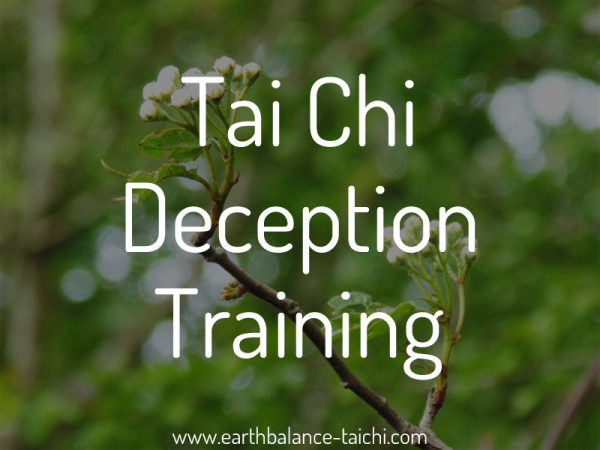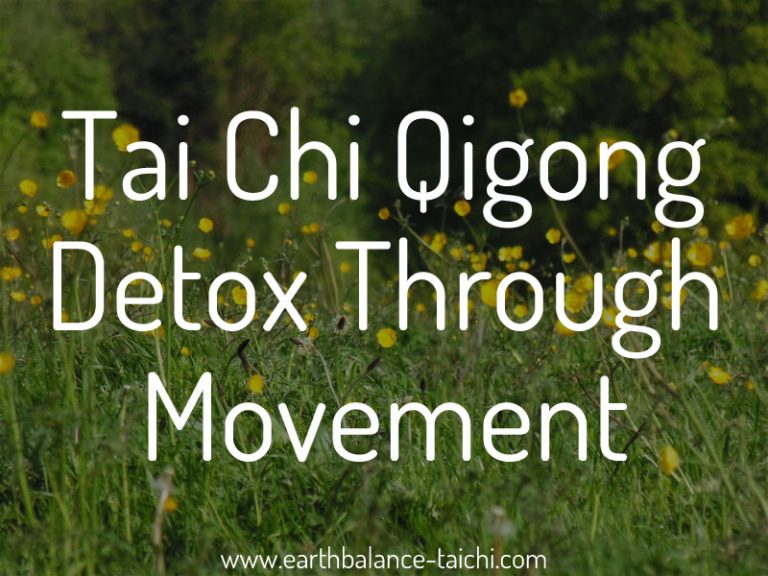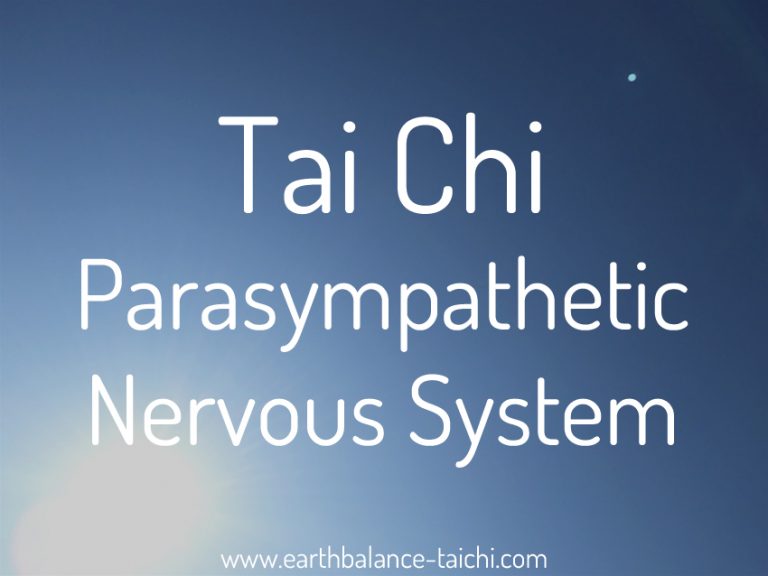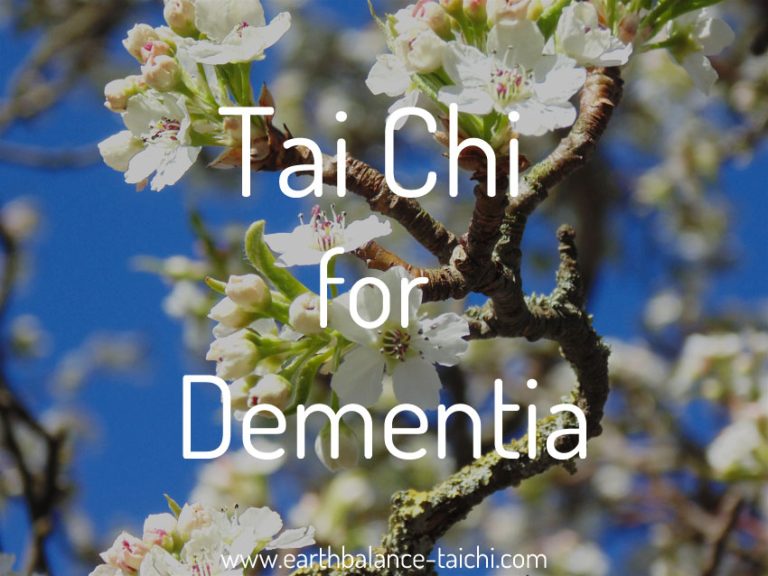Peng Jin in Tai Chi
Peng Jin in Tai Chi
Peng jin is the primary principle in learning Chen Tai Chi. It is a whole body quality that times time, effort and patience to develop within your structure. Once established, it should always be present. When beginner students notice that their movements and structure looks different from their teacher, on a foundation level it is usually the quality of peng jin and fang song (applied relaxation) that have not been developed. Without peng jin their physical structure is collapsed, floppy, loose and they have a noodle like quality in the limbs. Without fang song their structure is rigid, wooden and inflexible.
Rough Translation
- Peng: Ward off - outward from the centre.
- Jin: Educated / cultivated / trained / skilled - strength / power / force.
- Peng Jin: Expansive, spiralling, elastic, spring-like, rebounding, lengthening, stretching, resilient, supporting, flexible, buoyant, loosening, balloon-like structure and outward force.
Peng jin means an aligned structure is maintained like a flexible elastic sphere. The sphere expands from the centre outwards in all directions, like a rubber ball filled with air. Any force applied to your structure is absorbed, transferred to the ground, rebounded, redirected or deflected. An example of this is when applying force to a rubber ball filled with air, as that force will roll off the ball. This enables you to to neutralise or overcome incoming force, rather than your structure collapsing or the incoming force getting stuck in your joints causing injury. Peng jin is to be maintained through everything you do, from stillness drills with the example of standing practice (Zhan Zhuang), and the movement arts with Chen Tai Chi silk reeling exercises, the empty hand form, weapons training and push hands. None of the principles in Tai Chi are effective or work without peng jin.
Peng in Chen Tai Chi has a slightly different meaning / expression, as it is one of the direct martial applications. Read my article on peng, lu, ji, an for more information.
Ken Gullette from www.internalfightingarts.com has a youtube video on peng jin, which is a the best visual explanation I have seen of the peng jin principle and the rubber ball theory.
Peng Jin + Alignment + Relaxation = Three principles that work together
An important note is that your structure must be aligned correctly for peng jin to work. read my article on how to hold yourself in stillness and motion in Chen Tai Chi. None of the principles work without good alignment. A poor alignment can go two ways, either by over extending the joints and limbs or being too relaxed and floppy.
Expanding, stretching and lengthening does not mean straightening or locking the joints or limbs, as this also drops the alignment and peng jin. The majority of people have residual tension in the four major joints of the body, the two hips and the two shoulders, both ball and socket joints. If the body is too tight and wooden, you can never establish peng jin.
Loosening must be worked on before / and in tandem with the principle peng jin. This principle is called fang song which must be maintained for peng jin to work. Fang song means applied relaxation, loosening of the joints, release of inappropriate muscle contraction and release of physical tension. This type of relaxation does not mean a collapsed, loose or floppy structure, as this drops peng jin. None of the principles work without fang song.
There is a fine balance between a collapsed and floppy structure, and an over-expanded and over-lengthened structure. This can be tested in person with a Tai Chi teacher. When peng jin is lost, it is easily apparent in stability, rooting and centre of gravity. Without peng jin, any force applied to your structure will uproot and destabilise you.
Chen Tai Chi - Live Online Tuition
Hello, I'm Nicola. I am passionate about sharing Chen Tai Chi with my students. I teach online private tuition via Zoom video call or via distance learning videos. There is also one live stream class a week focusing on the Chen foundations / jibengong. The Chen Tai Chi forms are taught with structured progression via Vimeo video courses. Learn through traditional methods to improve the quality of your movements, expand your knowledge and develop your training. Join my virtual classroom, teaching "from my home to yours".

